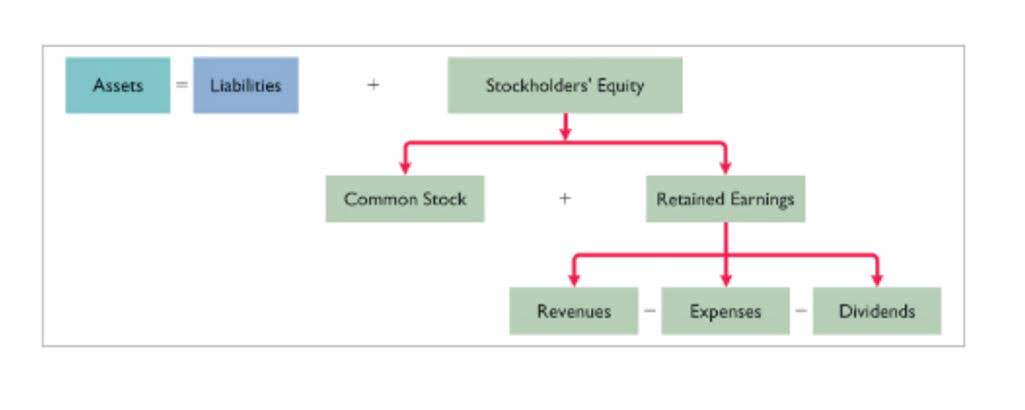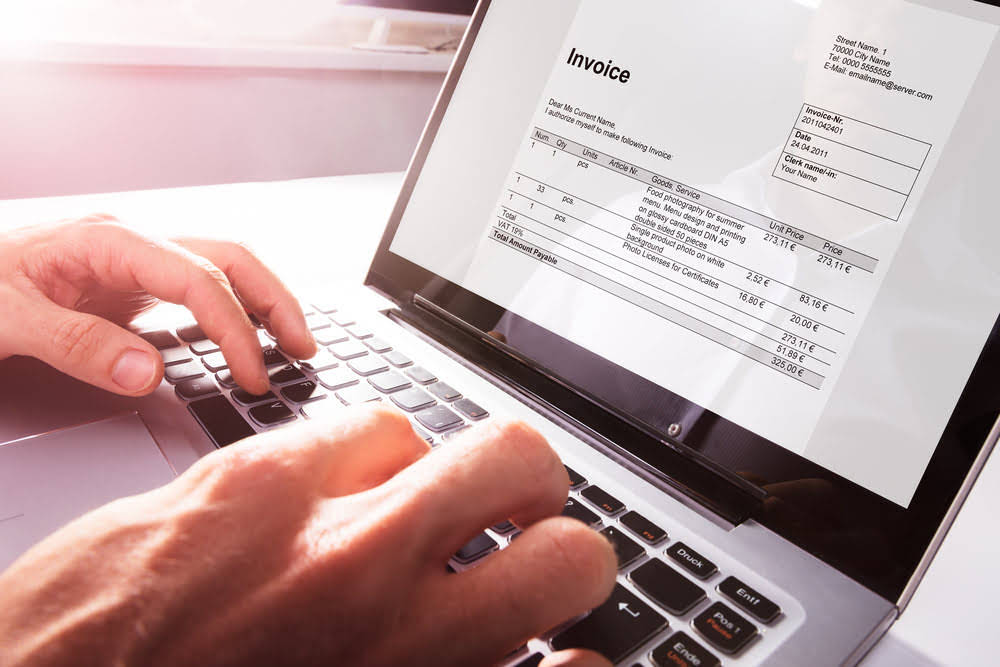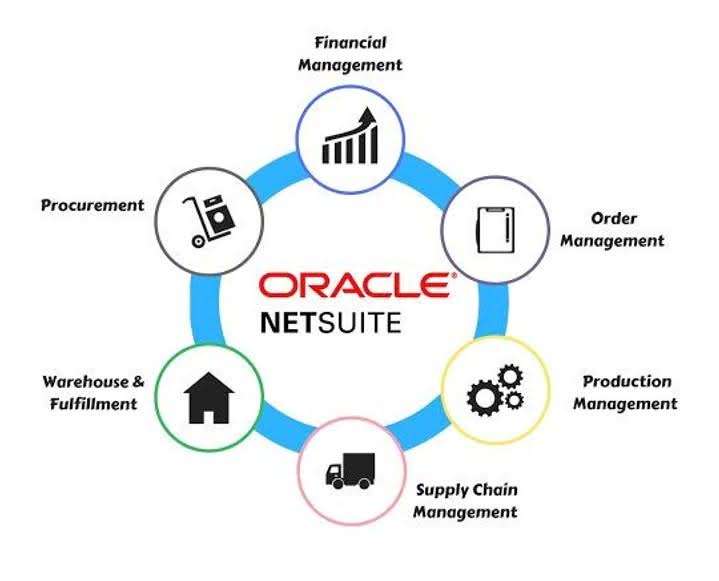Practice Management Software

There is a lot of education and tutorial help in the program as well. There are quickbooks accountant self-paced guides to walk you through functions, video recordings to hone your skills and webinars to stay abreast of current changes in the field. Leverage the QuickBooks optional third party apps to add powerful functionality to your practise or client’s accounting processes. Finally, you may want to consider FreeAgent, which offers a simple interface that’s great for freelancers and includes a few helpful but less common tools, including tax timeline notifications and forecasting features. Other options are well worth considering, too, since they offer different strengths for different business models.
- This is where consumers go to find well-qualified QuickBooks accountants, giving you the ability to expand your business.
- QuickBooks is a complex software, but we found it offers a handful of helpful functions that make the experience of figuring it out fairly easy.
- You can find qualified bookkeeping professionals through referrals or online resources like QuickBooks ProAdvisor.
- Sign up to QuickBooks Online Accountant and automatically join our ProAdvisor Program.
- Get access to everything from discounts to marketing tools and exclusive training with Pro Advisor.
- Common file types are accepted, including MS Excel and CSV files.
QuickBooks Training class Buffalo
With smart insights just a click away, you’ll always make the right business decisions. Manage your finances efficiently with top accounting software tools. Learn to use programs like QuickBooks, Xero, and FreshBooks for bookkeeping, invoicing, and normal balance financial reporting. “Reconciling” refers to the important accounting process of making sure the financial activity on your bank and credit card statements matches up with the records in your accounting software. You’ll want to look for and fix any differences between the two every single month.
- The wealth of data QuickBooks can process makes it a great fit for business models too unique for generic software, such as hospitality industry accounting software.
- To get listed as an accountant or bookkeeper in the Find-a-ProAdvisor directory, you just need to take (and pass) our free QuickBooks certification training.
- Share tutorials and webinars that can help your clients get the most out of QuickBooks.
- Leverage key metrics like Turnover Ratio and Turnover Days to understand your inventory performance so you can make timely decisions to optimize quantities on hand, sales prices, and reorders.
- QuickBooks Online Accountant is a cloud-based portal that allows an accountant to access their clients’ data in QuickBooks Online from any computer.
- Such notice is not intended nor will it have the effect of relieving the Participant of any liability under this Agreement or applicable law.
Plans for every kind of business

Once you have a handle on the day-to-day use of QuickBooks Online, try adding a few more tips and tricks to help you get the most out of the experience. For these tasks, you can download the “QuickBooks Accounting” app from the App Store, or the “QuickBooks Online Accounting” app from the Google Play store. Once you’ve logged in, you just need to hit the “+” symbol at the bottom center of the homepage, and you’ll pull up the main menu, which you can scroll through until you find the task you need.
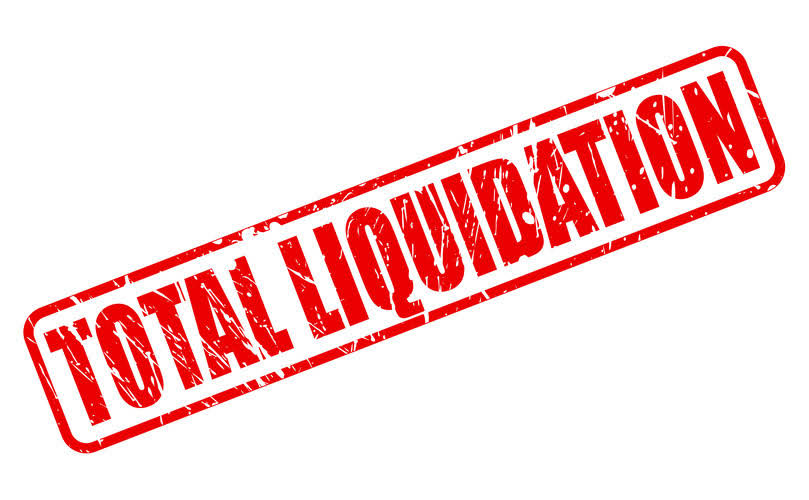
QuickBooks Online: Best Practices to Unlock Business Growth
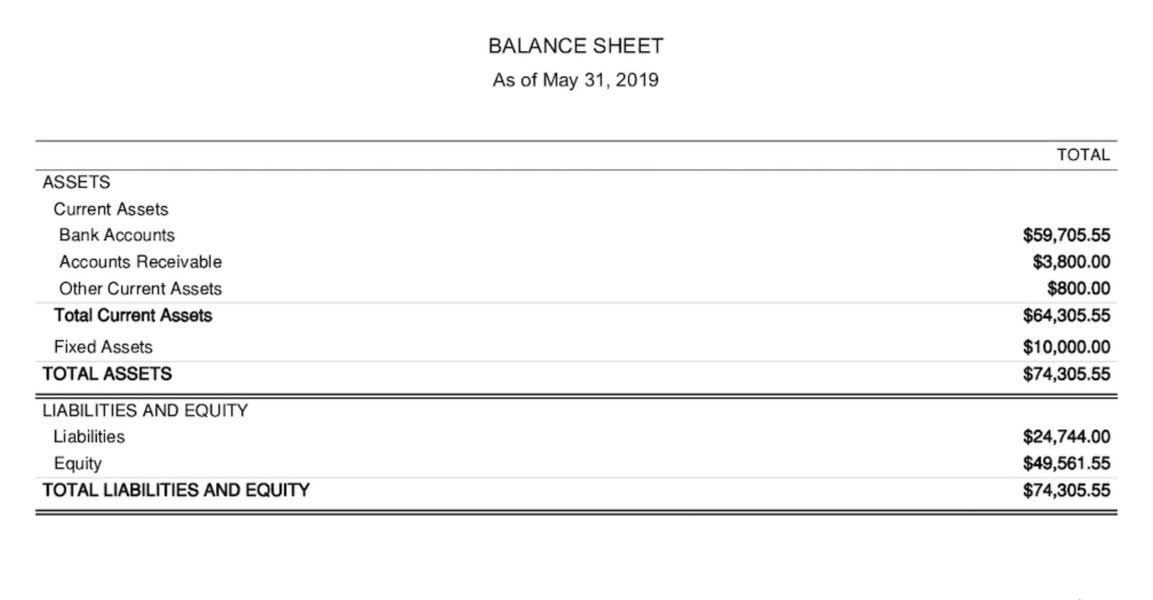
Attend a free live event to learn how QuickBooks can help you streamline your practice and more. Become a trusted QuickBooks ProAdvisor and learn how to master QuickBooks with our free certification training. Optimise your business to business inventory management with Erplain. If you have an existing user ID, you can create a QuickBooks Online Accountant firm from it. You can create a new QuickBooks Online Accountant firm directly from our website, or an invite sent by a client.
- With that in mind, the latest updates help solve these issues, the company says.
- QuickBooks Online Accountant is free for accountants and bookkeepers.
- If you cancel after 30 days, your subscription for Live 1-on-1 Help will end, but you’ll retain lifetime access to all live and self-paced classes.
- Small business accounting software is a tool that helps business owners understand how money flows in and out of their business and allows them to make smarter financial decisions.
- Intuit may terminate these terms or the Revenue Share Program or modify the terms of the Revenue Share Program for any reason and at any time, at Intuit’s sole discretion, without notice.
Quickly assess your clients’ business performance and benchmark them against similar companies, for custom, actionable insights. Access your clients’ QuickBooks Online through QuickBooks Online Accountant to get seamless collaboration and essential work tools Budgeting for Nonprofits at your fingertips. Create, assign, and track projects from start to finish in a single place, on desktop or mobile. Securely message clients, share documents, and consolidate notes and contact info from a single dashboard. Manage your firm’s books with the powerful features of QuickBooks Online Advanced. Visualize your clients’ business performance and compare it with local industry peers.
QuickBooks Online for your clients
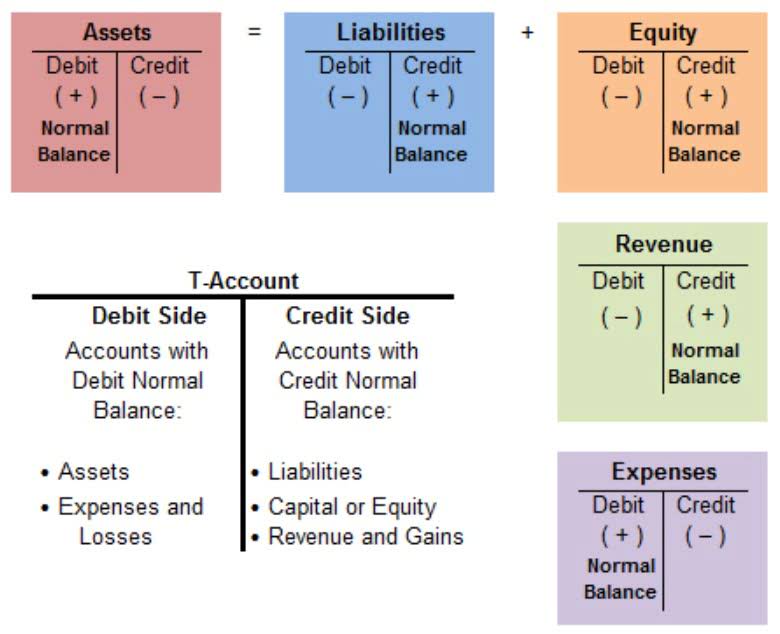
Intuit reserves the right to limit each telephone contact to one hour and to one incident. Explore these resources to improve your expertise and provide powerful accounting services to clients. Once clients are added, you can access and manage their QuickBooks Online company files from your QBOA dashboard. This allows you to review, edit, and assist your clients with accounting services.


